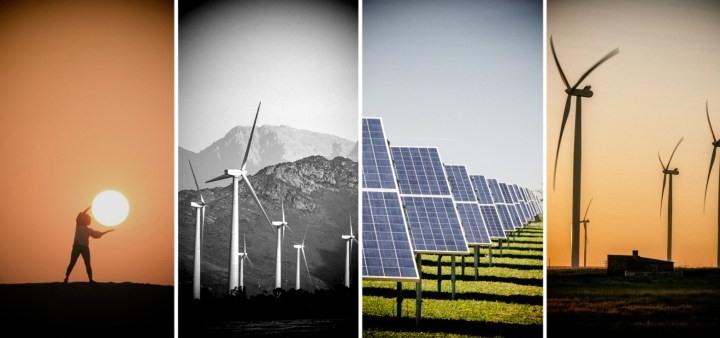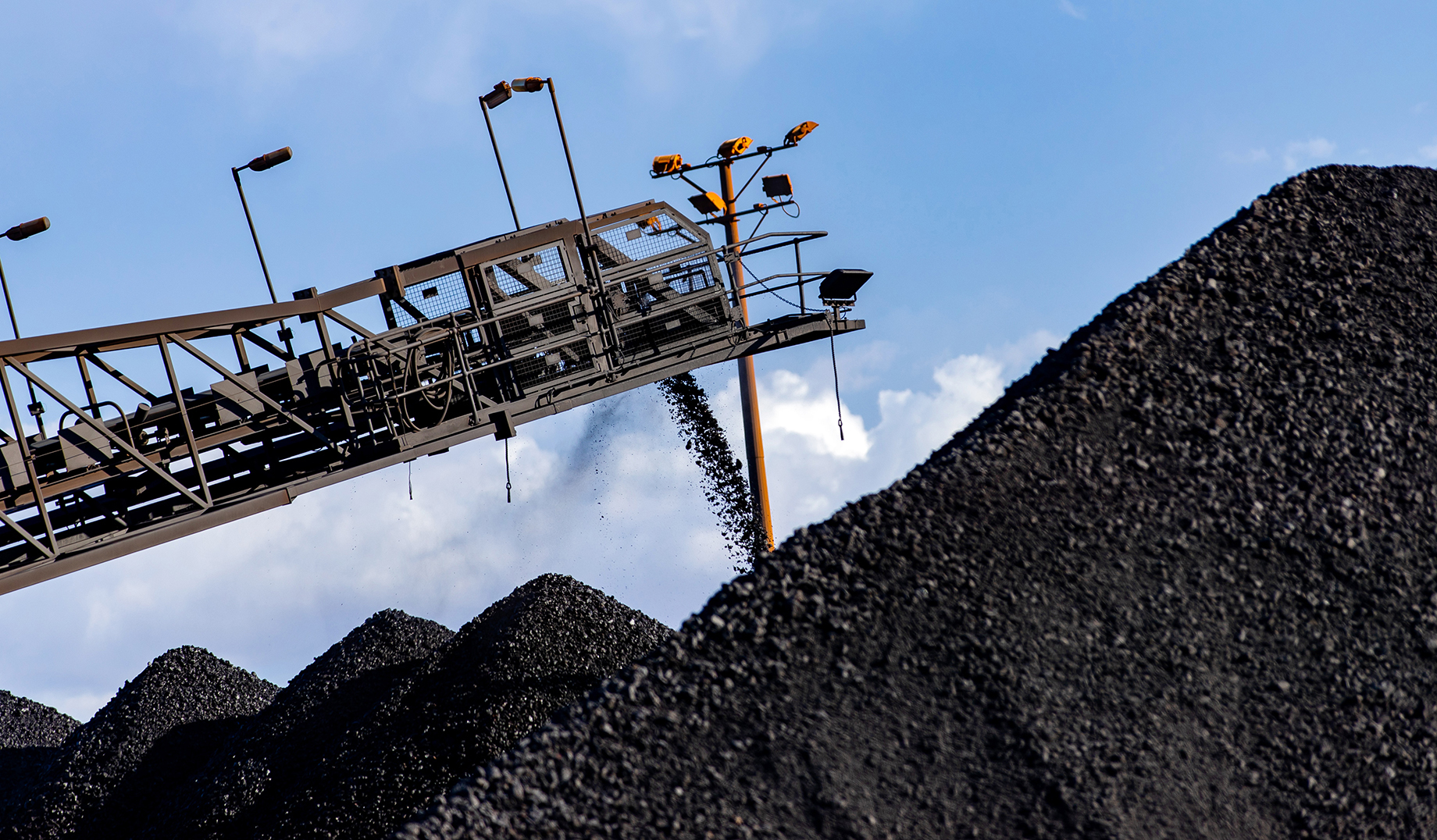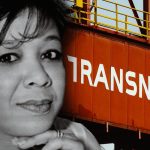CLIMATE CHANGE AND DEVELOPMENT, PART 3
Making the most of Africa’s critical minerals in just transition to green and renewable energy sources

African countries need to strategise about how to position themselves to make the most of their natural endowments of a number of minerals that are critical to the ongoing green and digital transition underway in the global economy.
This transition is both economic and geopolitical in nature.
Countries that have achieved high levels and rapid gains in levels of income have done so through transforming their economic structure from low productivity agriculture and petty services to agricultural modernisation and manufacturing. However, the fossil fuel-based energy powering this transition has generated greenhouse gas emissions that are driving potentially catastrophic climate change.
High-income North Atlantic economies are responsible for the bulk of the stock of CO2 and other greenhouse gas emissions in the atmosphere, followed by late industrialising powerhouses China and India.
While Africa has contributed the least to CO2 emissions, around 4%, it is projected to suffer the most adversely from the impact of climate change particularly through rising temperatures and increasing frequency of extreme weather events such as droughts and floods.
China is the leading processer of a range of critical minerals including rare earths, cobalt, lithium, copper and nickel. This is partly due to the significant and growing presence of Chinese mines on the continent but even more because of the industrial capacity built up in China to process critical minerals into industrial-grade concentrates and in turn into green and digital products. These include electric vehicles (EVs) and EV batteries, solar photovoltaic panels and wind turbines, semiconductors, and digital devices.
A combination of economic and geopolitical factors is driving dramatic structural change in the global economy. At the forefront is the shift to various low-carbon energy and transport technologies and digitalisation of production and consumption.
This transition is driven by a combination of factors.
First, the necessary response to climate change.
Second, the EU’s push for greater energy security in the wake of Russia’s invasion of Ukraine.
Third is the belated recognition and desire to catch up by the US and EU with the technological and industrial lead established by China in green and digital technologies. This is reflected by the introduction of large-scale subsidy, trade and regulatory measures notably the US’ Inflation Reduction Act (IRA) and the EU’s Green Deal Industrial Plan.
In this context, the US and EU’s push for greater control over green and digital supply chains has unleashed a ‘race’ to secure supply of various critical minerals and associated strategies including the US’s Critical Minerals and Materials and the EU’s European Critical Raw Materials Act.

Manganese ore falls from a conveyor to a stockpile. (Photo: Ian Waldie / Bloomberg via Getty Images)
Africa’s autonomy and development
Not surprisingly, African countries have expressed their collective desire not to be locked into historical patterns of the international division of labour as producers and exporters of unprocessed minerals (Africa Mining Vision, 2009). Thus, the AU is engaged in the process of concluding an African Critical Minerals Strategy to promote more value-added and developmental benefits from the continent’s critical minerals.
This transition will see pressure to phase down fossil fuel mining and extraction on the one hand and a dramatic increase in a range of critical minerals required for green and digital technologies. The battery minerals required for EVs and energy storage include: Lithium, nickel, cobalt, manganese and graphite; rare earth metals and elements; and copper and aluminium required for electricity transmission and in EVs.
For further explanation read Geopolitics of Critical Minerals in Renewable Energy Supply Chains.
Electric vehicles require over 200kg of minerals compared to less than 50kg for internal combustion (ICE) vehicles. Wind and solar photovoltaic technologies are also much more mineral intensive than nuclear, coal and gas (See: International Energy Agency. The Role of Critical Minerals in Clean Energy Transitions, 2021).
Demand for battery-related and renewables and electricity transmission-related minerals will increase by orders of magnitude. For instance, by 2040 lithium demand is projected to increase by between 13 and 42 times current levels, cobalt by 6 to 21 times and copper by between 1.7 and 2.7 times (See: African Green Minerals Development Strategy Approach Paper, 2022).
A number of African countries have substantial endowments of critical minerals and Africa has significant proven reserves of several critical battery minerals, including:
- Platinum Group Metals (PGMs): 92% (90% of which are in South Africa and 2% in Zimbabwe)
- Cobalt: 53% (51% of which are in DR Congo followed by Madagascar, Morocco and South Africa).
- Manganese: 45% (40% of which are in South Africa, followed by Gabon and Ghana).
- Chromite: 35%
- Bauxite: 25%
- Graphite: 21% (Madagascar: 8.1%, Mozambique: 7,8% and Tanzania: 5,3%).
- Vanadium: 16% accounted for by South Africa.
- Copper: 6% (Zambia and DR Congo)
These proven reserves are likely to be an underestimate due to relatively low levels of mining exploration activity.
However, limited processing of critical minerals to refined or concentrate stage takes place on the continent, with the notable exception of PGMs and manganese in South Africa. Aluminium is produced in South Africa and Mozambique from imported bauxite. However, there are pockets of existing and emerging critical mineral-related activity.
South Africa has significant capabilities related to the interface of hydrogen and platinum. This includes fuel cell pilot projects and a nascent green hydrogen strategy. Lithium-ion batteries are also assembled in South Africa, from imported cells.
In Southern Africa, South Africa could well position itself as a leading processor of critical minerals mined in the sub-region, building on historical capabilities developed around its own mining industry.
In North Africa, Morocco is emerging as a significant player in critical minerals as mounting barriers to Chinese exports to and investment in the US and EU loom. Morocco has taken advantage of its free trade agreements with both the US and EU, as well as proximity to the EU. China’s CNGR has announced a $2-billion investment with Moroccan conglomerate Al Mada in a cathode materials plant to supply both the US and EU battery markets. South Korea’s LG Chem and China’s Huayou have announced plans to build a lithium refinery and cathode materials plant in Morocco.
Policy options for Africa?
What are the policy options that African countries should be considering to capture more of the gains from their critical minerals endowments?
One way African countries can give expression to their insistence that value should be added on the continent is to leverage their long history of non-alignment that emerged over the Cold War period. This implies a foreign policy orientation that does not reflexively support one or other dominant economic and geo-political power but aims to secure the most developmental benefits from whomever a country engages with on the basis of “strategic non-alignment”. Morocco appears to be navigating the US/EU and Chinese geo-politics adeptly.
Mining policy can be strengthened on a number of fronts.

Nickel chips ready for shipment. (Photo: Cole Burston / Bloomberg via Getty Images)
Proven resources of critical minerals are very likely to be under-estimated, due to low levels of exploration. Greater public support for geological data collection is needed. So too is encouragement of exploration for the ‘smart’ minerals needed for the green and digital transitions. Strengthened capabilities are needed to identify feasible yet ambitious conditions for value-addition, and for the negotiation and contracting related to these conditions. A spectrum of conditions is possible.
At one end countries can place restrictions on exports of unprocessed minerals.
It is critical, however, to recognise that control of minerals themselves is not a sufficient condition for the development of downstream industries and needs to be accompanied by measures to foster industrial capabilities, with the level of capabilities needed generally rising further down the value chain. Holding lithium deposits for instance is by no means sufficient to ensure the investments and capabilities necessary to produce batteries for EVs.
One ‘softer’ approach is to ‘test the market’ through the introduction of ‘developmental auctions’ for mining rights. Rather than aiming to secure the highest price, issuance of a mining right would be granted to the bidder that provides the most substantial developmental package in terms of value-addition and labour, social and environmental commitments.
Industrial, innovation and skills policies are required to support the development of capabilities required by both foreign and domestic firms. African development banks have an important role to play, not only in providing finance but in supporting de-risking of emerging sectors and value chains linked to critical minerals and informing government policy. While a number of African countries are experiencing debt distress, well-designed fiscal policy can also contribute. For instance, tax incentives supporting entirely new economic activities will have no adverse impact on existing budget deficits and, if and when they become profitable, will increasingly contribute to the tax base.
African countries have much to gain by strategically navigating the geo-political and economic ‘race’ for critical minerals. This requires the development of strategies that are rigorous, ambitious yet realistic. Significant learnings can be derived from the strategies adopted by other developing countries. This includes not only Asian countries such as Indonesia, but African ones like Morocco. DM
This is the third article in a series on climate change and development in Africa presented by the Nelson Mandela School of Public Governance at UCT. In the context of COP-28, taking place in the United Arab Emirates, it aims to assist readers in understanding the nuances of the debate on how to respond to the systemic impacts of climate change.
The first article can be read here: A much larger transformation in Africa — why a just transition must be complemented by climate-resilient development
The second article can be read here: ‘Just Transition’ competing visions cloud climate change talks
Dr Nimrod Zalk is Chief Research Officer: Climate and Economic Development at the University of Cape Town’s Nelson Mandela School of Public Governance.
He is a development economist focused on green industrialization and development finance in Africa. He has over 20 years’ experience in trade and industrial development research; policy formulation and implementation; and development finance. Until July 2023 he served as Deputy Director-General: Sectors in the South African Department of Trade, Industry and Competition (DTIC) and as non-executive Director of the Industrial Development Corporation (IDC) of South Africa. He holds an MSc and a PhD in Economics from the University of London’s School of Oriental and African Studies. He has authored a number of policy documents (notably South Africa’s National Industrial Policy Framework); academic publications; and opinion pieces, including on the role of development banks in African green industrialisation. He is co-founder of the annual African Programme on Rethinking Development Economics (APORDE).

















 Become an Insider
Become an Insider
Yes lets destroy ecosystems and exploit child labour in Africa all in the drive for “clean energy”
What A JOKE